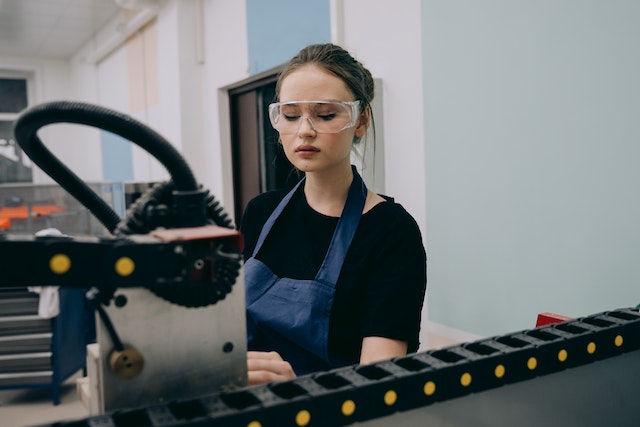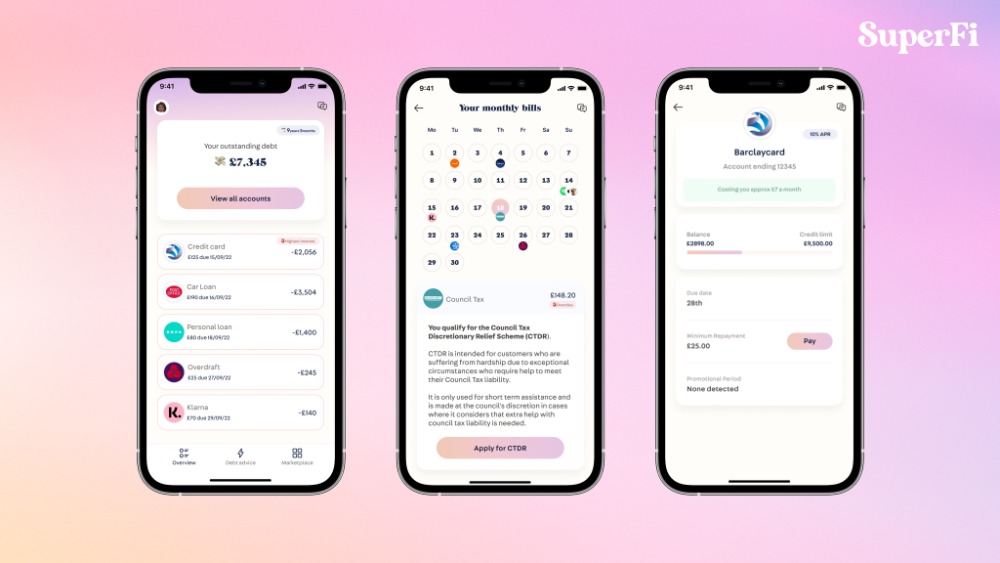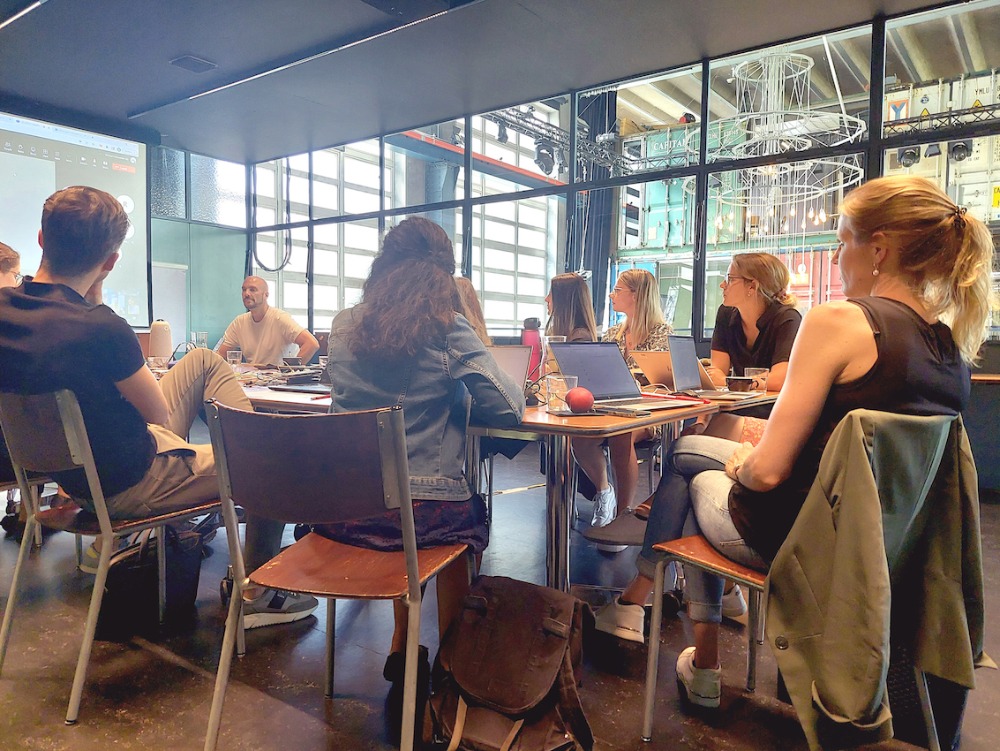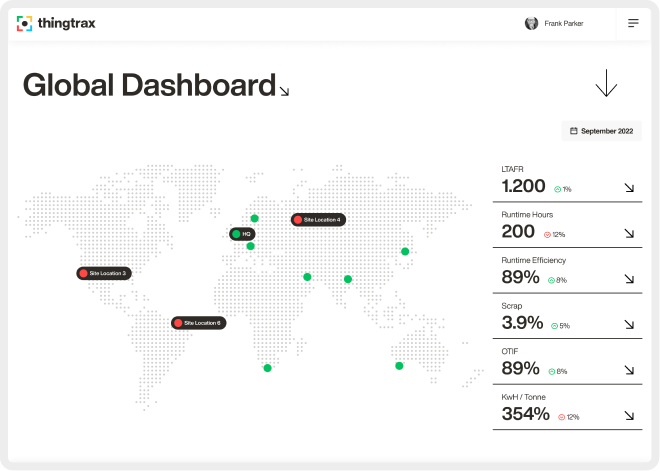5 ways Virtual Reality will shape your Future

by Startacus Admin

Virtual reality is about to take off in a big way.
Not only does Alton Towers have the world’s first virtual reality roller coaster, but Sony’s Playstation VR (previously Project Morpheus) and Facebook’s Oculus Rift, among others, are on the cusp of release and we think they are going to have an impact far beyond twirling a lightsaber about in the next Star Wars game. To fully discuss all of the ways we think this will happen would require a website or blog all to itself, so here instead is a brief overview of five areas in which virtual reality could become an integral feature.
Entertainment

Gaming is the obvious one. Star Trek’s holodeck made us dream about the day that we could enter a fully 3D world and do whatever we wanted. Then the first virtual reality headsets emerged. They were basically tiny TV screens two inches in front of us and made us dream about the days when we weren’t cross-eyed and in need of milk-bottle-bottom glasses. Soon, devices such as those mentioned above will allow players to be more immersed in a game than ever before.
How will this revitalised technology evolve in the near future? Custom built treadmill thingies to allow the player to control their character’s movements? Haptic holographic technology to do away with headsets altogether and bring us closer to Star Trek?
Already, using VR, horror games are more horrifying, action games are more thrilling; how much more impactful will it be, emotionally as well as in terms of entertainment and adrenaline rush, when we are faced with highly realistic worlds and characters who are seemingly right in front of us and which we can reach out and touch?
But the use of virtual reality could extend to more areas of entertainment than just games. What if you could watch a film from any angle by walking among the characters, perhaps even interacting with elements of the film’s environment.
What if you could be on stage with your favourite singer or pilfer the Queen’s crown while she’s giving her annual Christmas speech? Even audio books could become more visual, with imagery unfolding before your eyes to enhance the storytelling. That could create a whole new approach to storytelling.
Imagine sitting in your living room and experiencing the first Mars landing along with the astronauts. Or exploring jungles with David Attenborough.
Whatever other advancements come in other areas of VR use, the entertainment industry will almost certainly drive its evolution.
Medicine / Health
On January 27 2016, Angers University Hospital in western France became the first in the world to use a virtual reality headset during brain surgery. The surgery, to remove a cancerous tumour, required the patient to stay conscious in order to determine whether functions such as speech, movement and, in this particular case, vision were affected by the surgeon’s actions. That might be a little too much for some people to take, but the hospital had a way to keep him calm: virtual reality.
The VR headset gave the patient something to focus on and to distract him from the trauma of what was happening to him in the real world, thus helping him keep calm and relaxed. More vitally, though, it allowed the surgery team to map and test specific neural connections by introducing specific imagery and lighting.
That’s what is happening in 2016; we can only imagine how much more useful – perhaps even vital – this technology could become in the medical field in the next four or five years. We already have tiny robots the size of dust mites that can enter a person’s bloodstream – what if they had tiny cameras and could be controlled through a VR headset and even perform microsurgery from the inside? Someone might need to get to work on teeny tiny cameras and surgical tools first, though.
Relationships
Skype and FaceTime are perhaps the most used means of video chat, helping grandparents keep in touch with their grandchildren on the other side of the world or couples keep up long-distance relationships. In the future, all we’ll need to do is stand in front of a special camera, or set of cameras, and by the black magic of virtual reality, we will be standing face to face with our loved ones.
Then there’s online dating. Going on a first date is nerve-wracking, and not just because it’s a date. What if he or she is a maniac or likes Justin Bieber? A first date in virtual reality would allow you to get to know each other as you would in person without the danger of being added to someone’s necklace of human bones.
Education
There is a lot of debate about the best way to teach children. But what no one will argue with is that children – and anyone else for that matter – learn best when they are enjoying it. If they are immersed in an interactive environment that is reactive and collaborative, they are more likely to learn the lessons they are being taught.
Humans are visual creatures and visual learning will always be the most effective – more so when it becomes interactive too. The British government is turning to the Oculus Rift to train trauma medics before they are deployed to war zones. Certain safety training courses use VR for safer hands-on training.
One of the biggest complaints among students who drop out of STEM (Science, Technology, Engineering, and Mathematics) education is that it’s too theory-heavy and doesn’t provide enough hands-on experience. With virtual reality, a teacher could write their sciency, engineery stuff out on a blackboard and then turn to the next generation of space shuttle sitting beside it and say, ‘And here’s how that applies...’
STEM

And speaking of STEM, virtual reality could prove invaluable to scientists and engineers beyond learning and teaching. Imagine astronauts performing space walks without risking floating off into the void, thanks to VR and robotics. Aircraft could be more accurately put through simulations before a test pilot ever climbs into the physical cockpit. None of us at Startacus is a forensic scientist or detective, but we think a complete reconstruction of a crime scene that could be walked through and interacted with – especially when it is stored for long or even cold cases – could prove an invaluable asset.
Of course, a lot of these things require more than just advancing virtual reality systems (could a robot, even controlled by someone through VR, ever replace an actual human doing the job? How would a crime scene be turned into a virtual reality environment with perfect accuracy?).
It could also turn out to be as underwhelming and disappointing as many long-dreamt-of technologies (how’s your new ‘hoverboard’?). Nevertheless, virtual reality stands a high chance of changing and revolutionising many areas of our lives if implemented correctly.
Subscribe to our newsletter
If you would like to receive our startup themed newsletter, full of the latest startup opportunities, events, news, stories, tips and advice, then sign up here. How Manufacturing Businesses Can Reduce Energy Costs
How Manufacturing Businesses Can Reduce Energy CostsGot a business in the manufacturing sector? These tips on how you can reduce energy costs while being more sustainable are well worth a read...
 SureIn Secures €4M to Close the SMB Insurance Gap
SureIn Secures €4M to Close the SMB Insurance GapInnovative InsurTech startup SureIn announces a €4M Seed round to further its mission of making insurance easy, transparent and hassle-free for SMBs.
 How IoT Is Revolutionising Consumers' Daily Lives
How IoT Is Revolutionising Consumers' Daily Lives Nassia Skoulikariti, Director of IoT Programmes, Mobile Ecosystem Forum shares some insights on how IoT is having a significant impact on all our lives.
 How to invest in tech companies with the help of AI
How to invest in tech companies with the help of AIRoger James Hamilton, Founder and CEO of Genius Group, a world-leading entrepreneur Edtech and education group, discusses how introducing a globalized curriculum will help better prepare students.
 SuperFi raises $1M pre-seed funding round
SuperFi raises $1M pre-seed funding roundSuperFi, the debt prevention platform, has announced a $1m pre-seed funding round to support people during the cost of living crisis.
 Startups rely on AI & sustainability for new partnerships
Startups rely on AI & sustainability for new partnerships41 startups from 13 countries, including the UK, have been selected for the 8th Kickstart Innovation program, one of Europe’s leading innovation platforms.
 Another Round closes £300k Seed round to revolutionise personal training
Another Round closes £300k Seed round to revolutionise personal trainingPersonal training platform Another Round has secured £300k in its latest fundraise, including investment from angels and its community.
 Thingtrax Secures £4.3M
Thingtrax Secures £4.3MThingtrax Secures £4.3M to Empower Manufacturers to Build the Factories of the Future
 A measure of inflation relief for small firms
A measure of inflation relief for small firmsA measure of inflation relief for small firms sees transport costs fall but service price increases remain elevated
 A look at HR tech startup HR DataHub
A look at HR tech startup HR DataHubBedfordshire-based HR tech startup HR DataHub has built a range of tools for HR departments
Published on: 21st February 2016
If you would like to enable commenting via your Startacus account, please enable Disqus functionality in your Account Settings.







- SureIn Secures €4M to Close the SMB Insurance Gap 15th Aug 2023 Innovative InsurTech startup SureIn announces a €4M Seed round to further its mission of making insurance easy, transparent and hassle-free for SMBs.
- SuperFi raises $1M pre-seed funding round 28th Jul 2023 SuperFi, the debt prevention platform, has announced a $1m pre-seed funding round to support people during the cost of living crisis.
- Startups rely on AI & sustainability for new partnerships 27th Jul 2023 41 startups from 13 countries, including the UK, have been selected for the 8th Kickstart Innovation program, one of Europe’s leading innovation platforms.
- Another Round closes £300k Seed round to revolutionise personal training 21st Jul 2023 Personal training platform Another Round has secured £300k in its latest fundraise, including investment from angels and its community.








 Daniel Dierkes, David Schara, and Maximilian Geißinger 2.jpeg)

.jpg)




















